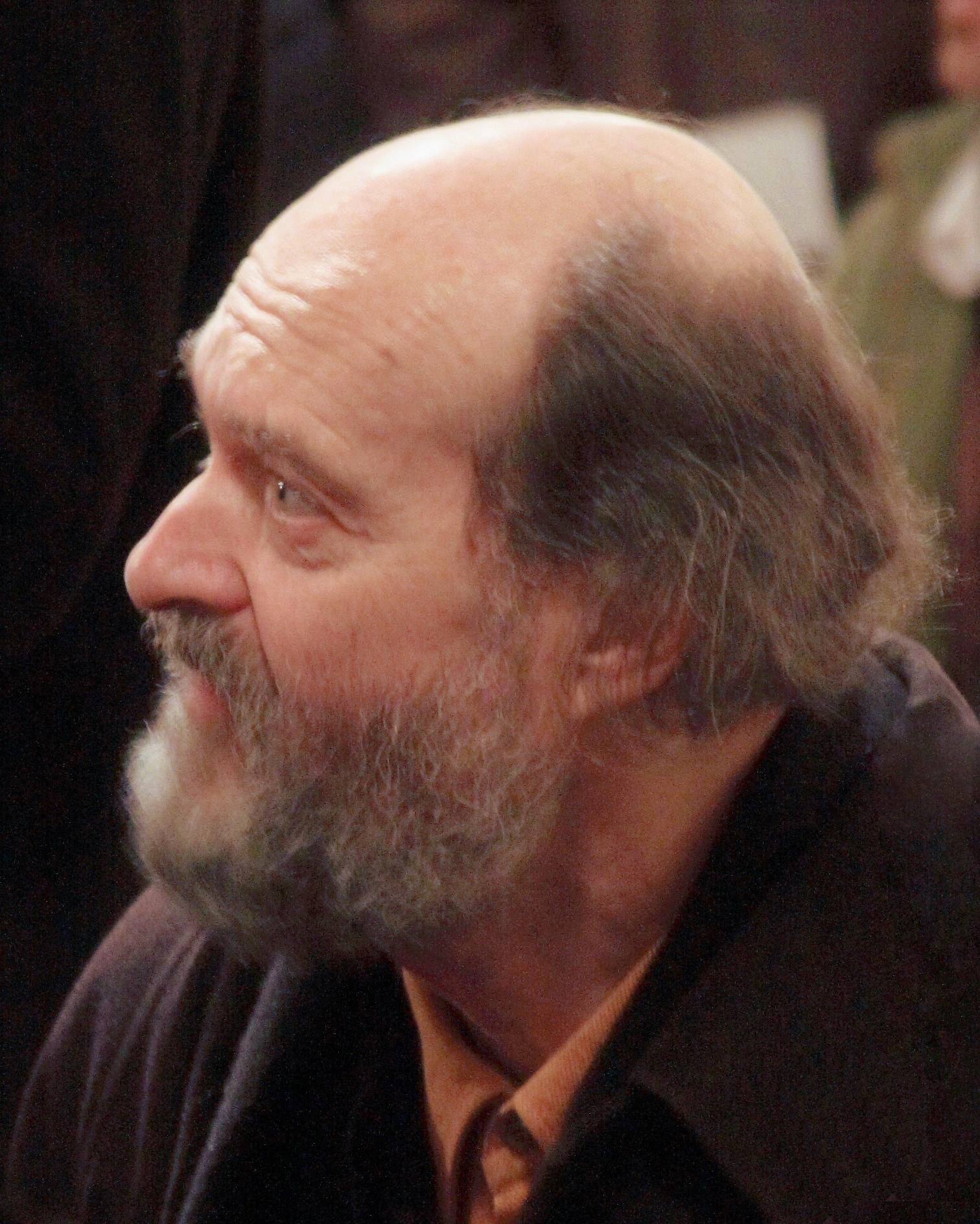
Arvo Pärt
Arvo Pärt (Estonian pronunciation: [ˈɑrʋo ˈpært]; born 11 September 1935) is an Estonian composer of contemporary classical music. Since the late 1970s, Pärt has worked in a minimalist style that employs tintinnabuli, a compositional technique he invented. Pärt's music is in part inspired by Gregorian chant. His most performed works include Fratres (1977), Spiegel im Spiegel (1978), and Für Alina (1976). From 2011 to 2018, and again in 2022, Pärt was the most performed living composer in the world, and the second most performed in 2019, after John Williams. The Arvo Pärt Centre, in Laulasmaa, was opened to the public in 2018.
"Pärt" redirects here. For the Estonian handballer, see Armi Pärt. For the Estonian music producer, see Michael Pärt.
Arvo Pärt
Early life, family and education[edit]
Pärt was born in Paide, Järva County, Estonia, and was raised by his mother and stepfather in Rakvere in northern Estonia.[1] He began to experiment with the top and bottom notes of the family's piano as the middle register was damaged.[2]
Pärt's musical education began at the age of seven when he began attending music school in Rakvere. By his early teenage years, Pärt was writing his own compositions. His first serious study came in 1954 at the Tallinn Music Middle School, but less than a year later he temporarily abandoned it to fulfill military service, playing oboe and percussion in the army band.[3] After his military service he attended the Tallinn Conservatory, where he studied composition with Heino Eller[4] and it was said of him, "he just seemed to shake his sleeves and the notes would fall out".[5] During the 1950s, he also completed his first vocal composition, the cantata Meie aed ('Our Garden') for children's choir and orchestra. He graduated in 1963.
Career[edit]
As a student, Pärt produced music for film and the stage. From 1957 to 1967, he worked as a sound producer for the Estonian public radio broadcaster Eesti Rahvusringhääling.
Tikhon Khrennikov criticized Pärt in 1962 for employing serialism in Nekrolog (1960), the first 12-tone music written in Estonia,[6] which exhibited his "susceptibility to foreign influences". But nine months later Pärt won First Prize in a competition of 1,200 works, awarded by the all-Union Society of Composers, indicating the Soviet regime's inability to agree on what was permissible.[7] His first overtly sacred piece, Credo (1968), was a turning point in his career and life; on a personal level he had reached a creative crisis that led him to renounce the techniques and means of expression used so far; on a social level the religious nature of this piece resulted in him being unofficially censured and his music disappearing from concert halls. For the next eight years he composed very little, focusing instead on study of medieval and Renaissance music to find his new musical language. In 1972 he converted from Lutheranism to Orthodox Christianity.[8][9]
Pärt reemerged as a composer in 1976 with music in his new compositional style and technique, tintinnabuli.[9]
On 10 December 2011, Pope Benedict XVI appointed Pärt a member of the Pontifical Council for Culture for a five-year renewable term.[10]
In 2014 The Daily Telegraph described Pärt as possibly "the world's greatest living composer" and "by a long way, Estonia's most celebrated export". When asked how Estonian he felt his music to be, Pärt replied: "I don't know what is Estonian... I don't think about these things." Unlike many of his fellow Estonian composers, Pärt never found inspiration in the country's epic poem, Kalevipoeg, even in his early works. Pärt said, "My Kalevipoeg is Jesus Christ."[6]
Personal life[edit]
He converted to Orthodox Christianity in 1972 upon marrying his second wife, Nora.[8]
In 1980, after a prolonged struggle with Soviet officials, he was allowed to emigrate with his wife and their two sons. He lived first in Vienna, where he took Austrian citizenship, and then relocated to Berlin in 1981. He returned to Estonia around the turn of the 21st century and for a while lived alternately in Berlin[53] and Tallinn.[4] He now resides in Laulasmaa, about 35 kilometres (22 mi) from Tallinn.[54] He speaks fluent German as a result of living in Germany from 1981.[55][56][57]
In 2010, the Pärt family established The Arvo Pärt Centre, an institution responsible for maintaining his personal archive, in the village of Laulasmaa. A new building of the centre opened to the visitors on 17 October 2018, containing a concert hall, a library, and research facilities. The centre also offers educational programmes for children and operates as an international information centre on Pärt's life and work.[58]
In April 2020, although Pärt rarely gives interviews, he spoke to the Spanish newspaper ABC about the coronavirus crisis.[59]